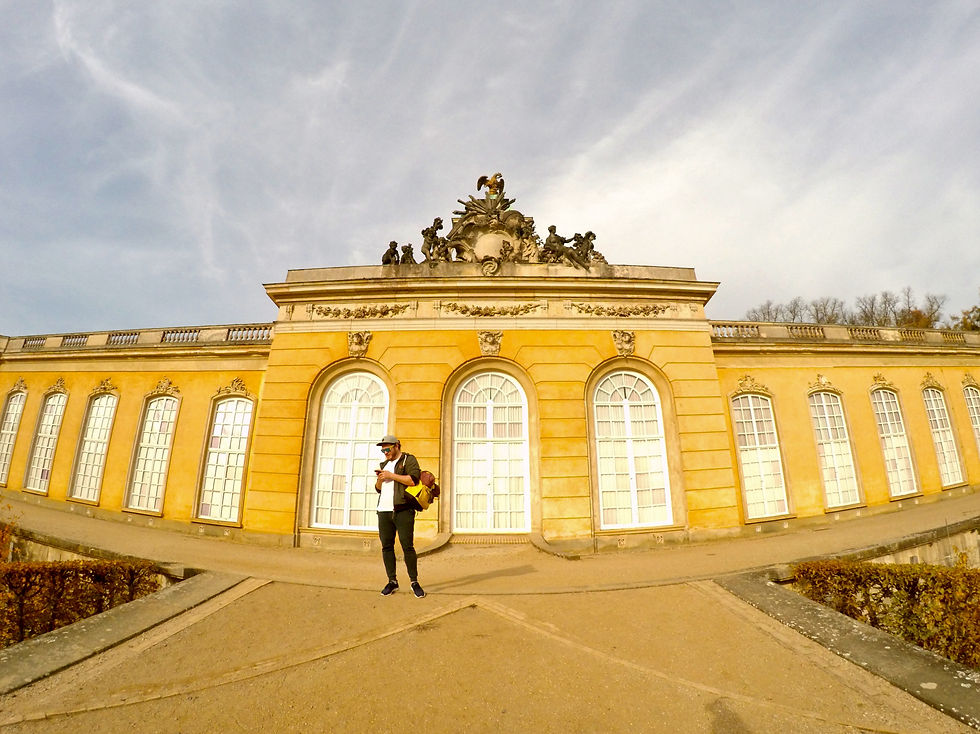Potsdam, Germany
- Meelogo

- Jul 15, 2019
- 1 min read
Updated: Aug 7, 2019
5.11.2018
We went to Potsdam as well as it only takes around 20 min with public transport to get there. We tried to buy a ticket from the machine in the train station but all of the machines did not work. Finally Flo bought the tickets from the app but we wasted so much time with that. We took a train from our hotel to the Zoologischer Garten and from there we took the S train to Potsdam.
When we arrived, we saw a bike rent option and took it. We saw everything what we wanted on the bikes and it was really nice with them. Also my ass did not hurt after. By foot we would not see everything as the places were far from each other.




We cycled to Sanssouci park where we left our bikes in front of the entrance as there was no cycling and bikes allowed. There are vineyards, palaces, flower gardens and greenhouses in the park.






























After the Babelsberg Park we took the bikes back. It was a good deal we took as we saw almost everything we searched for what to do in Potsdam. Then we hopped on the train to Berlin and met with Flo's brother and friend.
I really liked Potsdam. It was a calm city with lots of parks. I recommend visiting when possible :)





















Comments